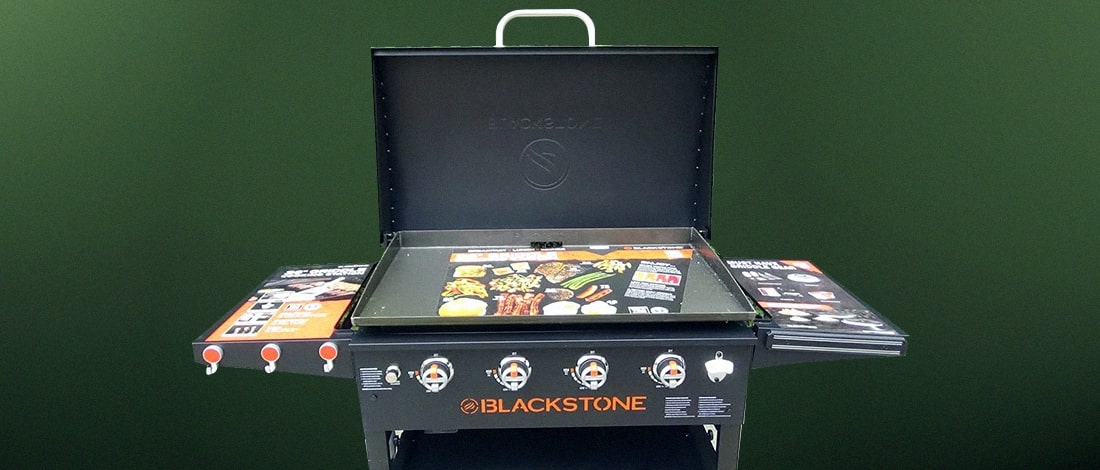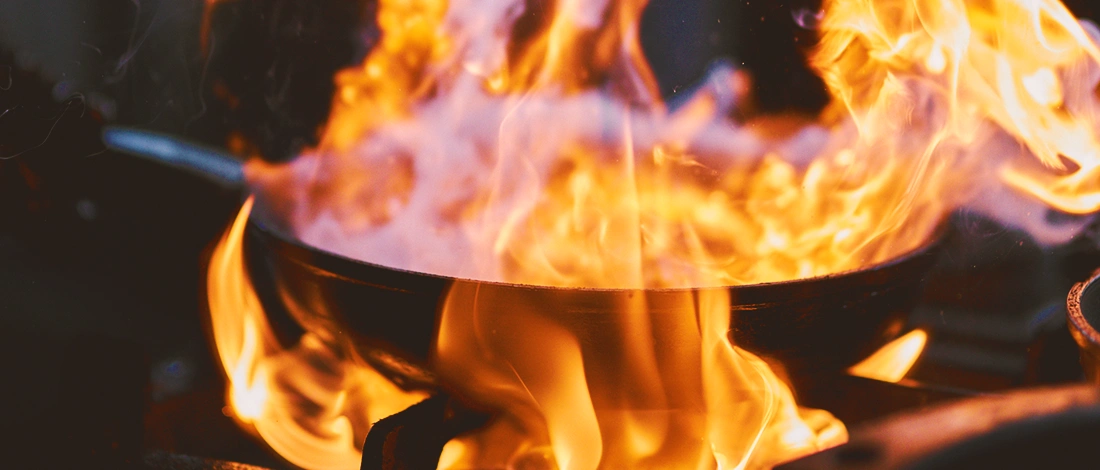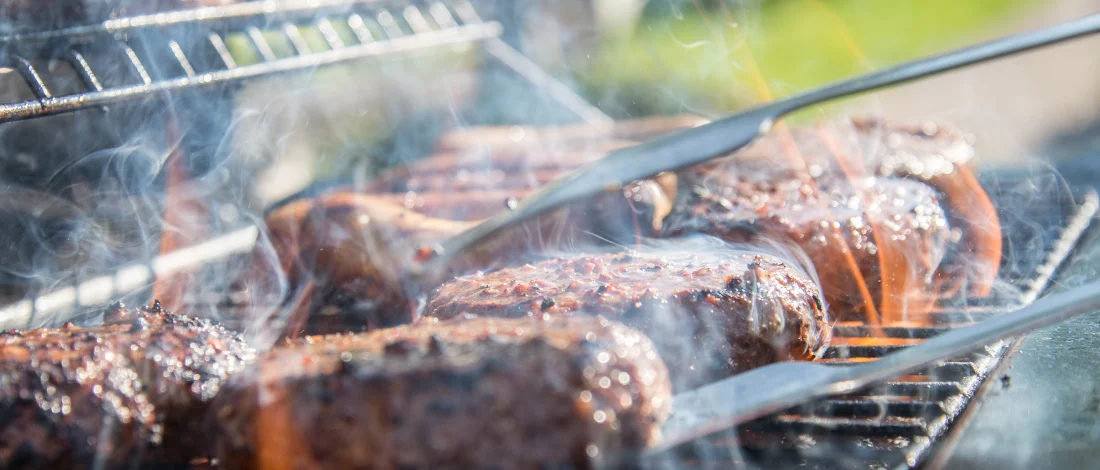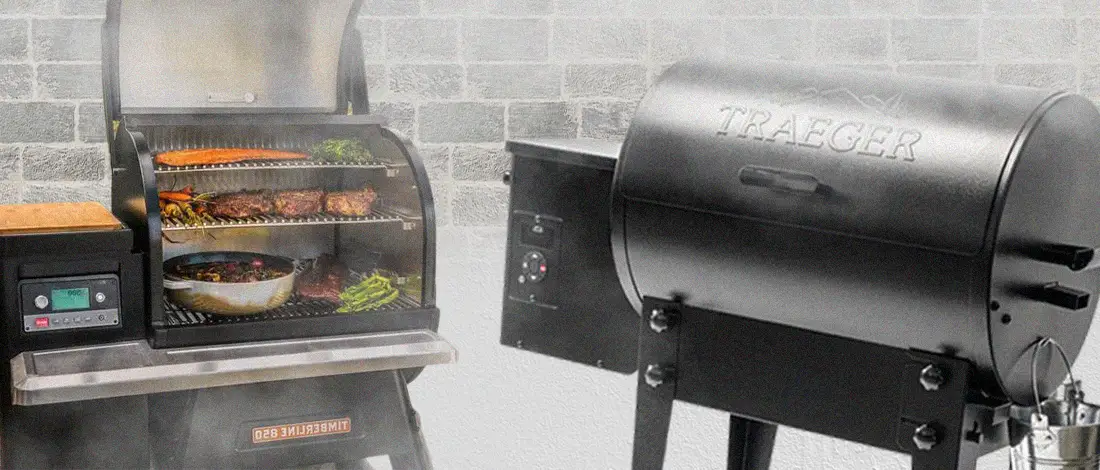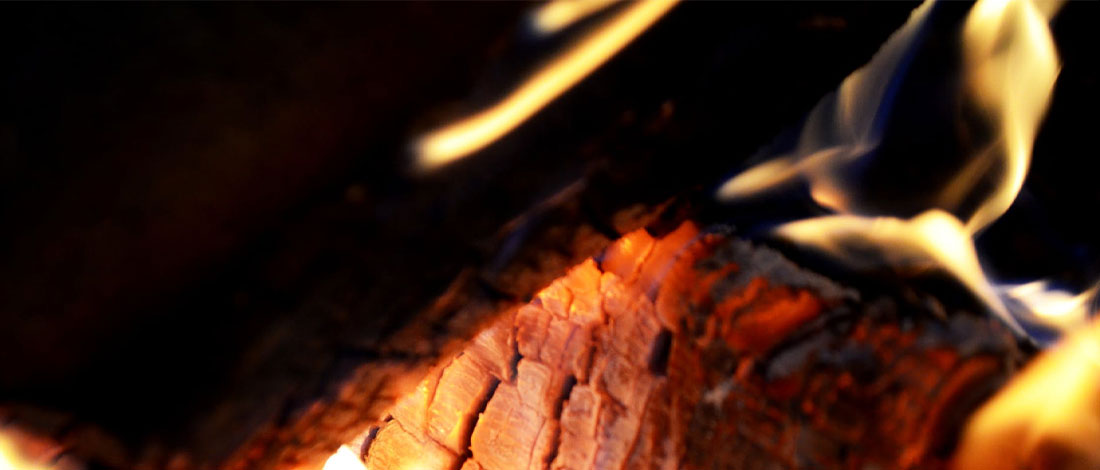You have just fired up your grill for an afternoon barbeque and found, to your disappointment, that the grill isn’t working properly.
The flame is far too low, and the temperature doesn’t get past 250 degrees.
As someone deeply entrenched in the world of grilling and outdoor cooking for many years, I understand the frustration that can come with grill regulator issues.
Together with the Carnivore Style's team, we've spent countless hours researching and troubleshooting various gas grill problems.
In this article, I'll shed light on four common gas grill regulator issues and provide practical solutions.
Quick Summary
- Gas grill regulator problems can include low temperature or flame, gas not reaching the grill, a frozen regulator, or an orange or yellow flame.
- Common signs of regulator issues are lazy orange or yellow flames, flames floating above the burner ports, popping noises, flames escaping the burner, or rust on the burner.
- According to the US Fire Administration research, there are around 6,500 grill fires in the US per year, which shows the importance of the proper functioning of the grill regulator [1].
- To fully enhance your grilling adventures, consider investing in top-quality propane grills. These grills can significantly aid in achieving exceptional results.
4 Common Gas Grill Regulator Issues
Like any appliance, gas grills can experience issues, and problems with the regulator are relatively common.
Here are four common gas grill regulator issues:
1. Low Temperature or Low Flame
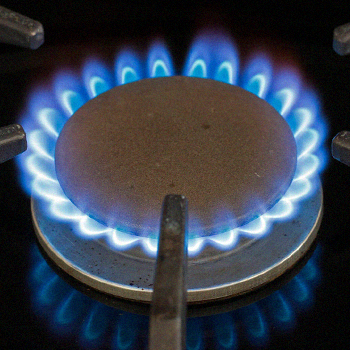
Probably the most common problem you may face with gas grill regulators is the low temperature and low flame.
Regulators tend to get sticky or blocked and don't allow sufficient gas flow to the burners.
To fix this, release the pressure on the regulator and reset it by “burping” your gas tank.
According to Carnivore Style's team, here are the steps you should take:
- Turn off the gas tank and open the lid of the burner.
- Disconnect the gas hose from the gas tank.
- Including the side burner, turn all control levels to high and wait for 2 minutes.
- Turn off the burner’s bypass valve.
- Connect the gas hose back to the tank.
- Turn your gas tank on slowly.
- Light the gas grill as you usually would.
Tips:
- Turn off the burners first, and then turn off the propane tanks after.
- Make sure the grill lid is open so you can see your burners.
- Then, you can check if there is any gas escaping from anywhere.
- Don’t put your head under the lid unless you want to inhale some toxic fumes.
If your temperature is still not getting hot after doing so, you may need to replace the regulator.
2. Grill Isn’t Receiving Gas
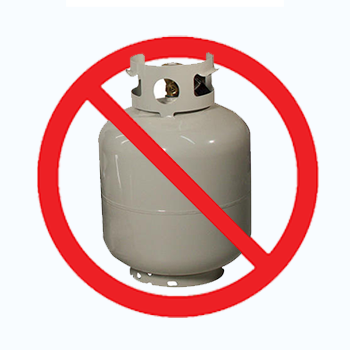
If you have a full gas tank but you’re not receiving any to your grill, you might have a gas line leak.
Take the following steps to check if you have a natural gas leak:
- Close the bypass valve on the tank.
- Ensure the valves are closed, and all knobs are turned to “off.”
- Connect the hose back to the tank and wait a few minutes.
- Open the valve on the tank.
- With some soapy water, spray into the regulator hose and the connections to both the burners and tank. If the soap begins to bubble, you have a leak.
- If there are no leaks, turn the grill on as usual.
- If there is a leak, it’s time to buy a new regulator.
Tips:
- ALWAYS turn off the propane tank valve and controls before testing your gas supply.
- If you don’t have a leak, chances are you need to release the back pressure built up in your propane regulator.
- Check to see if it looks like you have any leaks around the nozzle of your propane tank.
3. Gas Regulator is Frozen
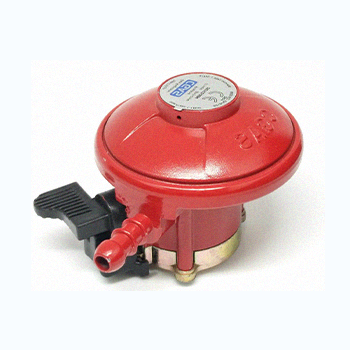
Even though your regulator keeps freezing up, it doesn’t necessarily have anything to do with cold weather. It is usually a sign that it’s humid outside.
The vapors inside a regulator are very cold, so it is normal for condensation to build up inside the grill’s regulator.
Once you start to heat your BBQ on high, the cold gas line inside the regulator meets with humidity and causes the regulator to freeze.
Freezing inside your regulator is usually common, but these are two things to look out for:
- The tank isn’t upright
- The tank is overfilled
Both of these can cause your regulator to freeze up and not work properly.
Try swapping out the hose to see if that makes any difference. If the problem doesn’t lie within your gas hose, you could have a faulty regulator.
4. Orange or Yellow Flame
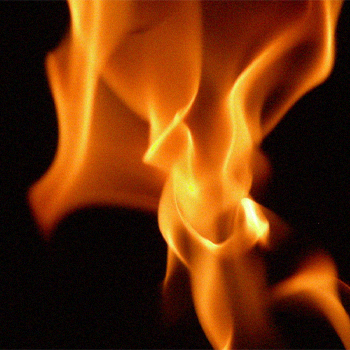
Check the control valves and hose for obstruction. Make sure that the gas flow through the said valve is continuous. The tubes may not be aliens, and the shutters may need adjusting.
Take the following solution steps:
- Find the venturi tube adjustment screw which releases the shutters.
- Start the grill and change to small heat.
- Loosen the screw, opening the shutters till the flame is mostly blue.
- Turn the gas off and tighten up the adjustment screw.
- Let the grill cool down.
Know thy grill. If you are using a gas grill to control your heat, there is no need to have it turned up all the way—you’ll burn that beautiful steak.
- Peter Vauthy, Chef
Related Articles:
Signs of Gas Grill Regulator Problems
The following signs may indicate you have a problem with the regulator on your propane grill:
- Lazy orange or yellow flames on a grill
- Flames floating above the burner ports
- There is a popping noise when turning the gas burners on and off
- Flames at the burner air intake
- Flames escaping the burner
- Rust or soot on the burner
What Does A Grill Regulator Do?

A grill regulator controls the flow of gas from the propane tank to the burners. It ensures a steady and safe supply of gas, regulating the grill's temperature for cooking.
If you are without a regulator or your regulator is faulty, you’re at risk of having too much pressure hitting your grill.
Also, it's crucial to ensure the grill regulator is working correctly, as a 2023 study (2023) in PubMed reveals that barbecuing impacts air quality and even beach sand. You need a properly functioning grill to avoid health risks [2].
Here’s what goes on inside your burners regulator:
- As the fuel in your tank reaches boiling point, vapors come to the top of the tank.
- The other liquid stays at the bottom of the tank.
- The gas passes through the regulator.
- The regulator controls the vapor and decreases the pressures to a safe amount.
- The gas then expands and cools to subzero temperatures.
- As soon as you light the ignition of your gas grill, the vapor gets hot and boils.
Read More:
References:
- https://apps.usfa.fema.gov/downloads/pdf/statistics/v2i3-508.pdf
- https://www.ncbi.nlm.nih.gov/pmc/articles/PMC10582171/


